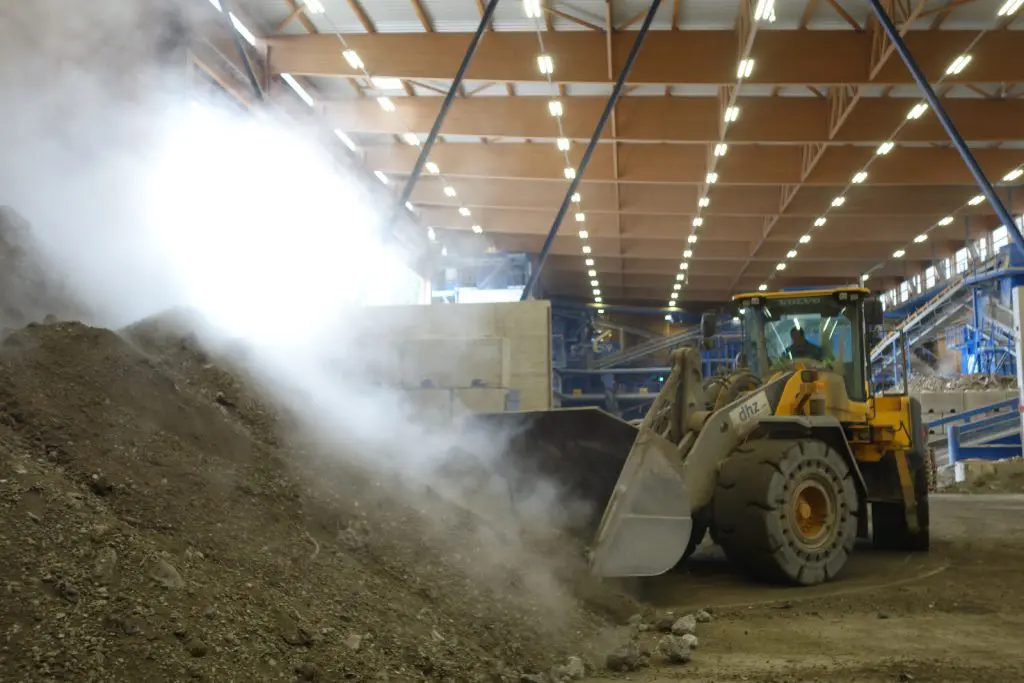After incineration, what remains are the incombustible components of the waste and the inert materials produced in the process – called ash or slag.
Germany produces about 78 kg of slag per capita every year. Slag is the predominant waste material after the incineration of household waste, and on average it contains 1-3% non-ferrous metals and 5-15% ferrous scrap, while the rest consists of a mixture of minerals, glass, ceramics and other components.
Innovative process
BHS Sonthofen has developed equipment that help ensure maximum efficiency in breaking up agglomerated materials and in the subsequent refining of metallic raw materials. Depending on the application and objectives, various BHS machines are used:
- Rotorshredder (type RS)
- Impact Crusher & Impact Mill (type PB & PM)
- Rotor Centrifugal Crusher (type RSMX)
- Rotor Impact Mill (type RPMV & RPMX)
Swiss recycling pioneer DHZ AG is successfully running such an integrated recycling system to treat 140 000 tonnes of incineration bottom ash at its site in Lufingen. The turnkey recycling plant is able to recover even very small metal fractions.
Trials at the technical center
The selection mainly depends on the maximum size of the feed materials. To arrive at the optimal machine configuration, we will perform trials at the BHS technical center together with you and your unique feed material. Register for a trial here!
You may also like:
Don't hesitate to contact us to share your input and ideas. Subscribe to the magazine or (free) newsletter.



